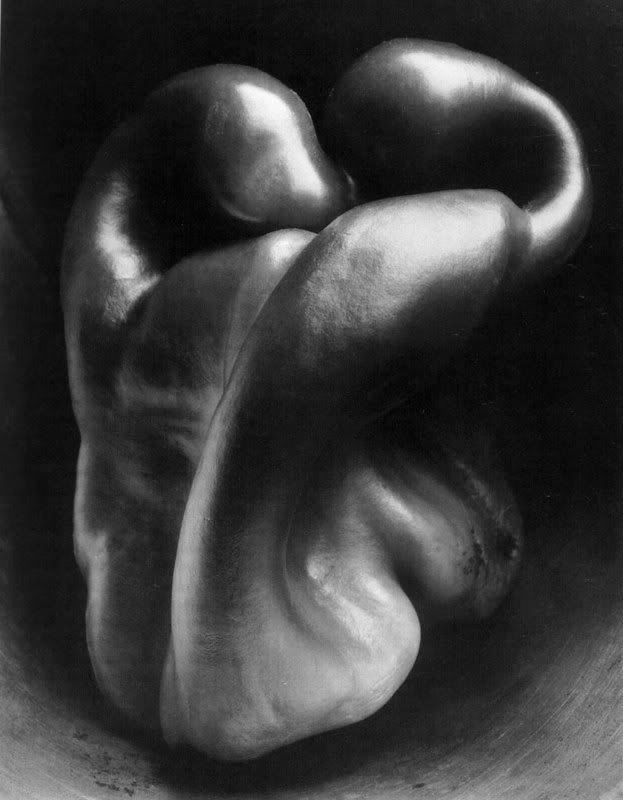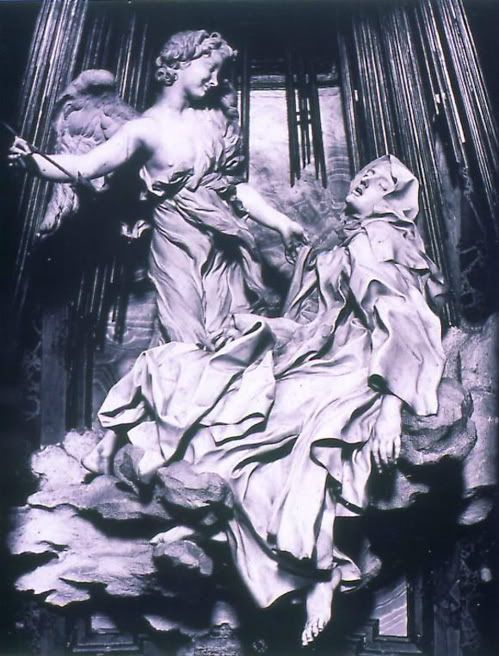--Vincent Van Gogh (1853-1890)
Click here for new Vincent Van Gogh tribute
Click here for new Vincent Van Gogh tribute
View the page at this link:
myspace.com/256440762
You may have never heard the name... but you have definitely seen his photographs. "Eisie", as he was often referred to by friends, was one of the most prolific photographers of the 20th century with a career spanning eight decades... taking cover shots for LIFE Magazine on a regular basis. I created this page, as a feature under my PHOTO SPOTLIGHT series page. I actually have his famous V-J (Victory over Japan) Day Kiss photograph framed and hanging in my apartment. It features a nurse and a sailor kissing in Times Square, right on Broadway. Check it out.
myspace.com/alfred_eisenstaedt
A few of my favorites include these below:



I think this photo is absolutely extraordinary! Almost like a... hmm.

Benton, Thomas Hart, regionalist American painter, known for his vigorous, colorful murals of the 1930s, mostly of rollicking scenes from the rural past of the American South and Midwest. Benton was born in Neosho, Missouri. He studied at the Art Institute of Chicago and then spent three years in Paris. Living in New York City after 1912, Benton turned away from modernism and gradually developed a rugged naturalism that affirmed traditional rural values. By the 1930s he was riding a tide of popular acclaim. Benton returned to Missouri, taught at the Kansas City Art Institute, and continued to paint both panels and murals. His mural in the state capitol in Jefferson City (1935) stirred protests because of its open portrayals of some of the seamier facets of Missouri's past. Benton's most famous student was Jackson Pollock, who studied with Benton at the Art Students League in New York City from 1929 to 1931.
"Bernini's Ecstasy of St. Theresa (1647-52), it hardly needs saying, is no middle-aged nun rising up the wall in her habit like an untethered balloon, nuns clinging to the hem. This woman is unforgettably beautiful, a match for the beaming seraph. They are, in their way, a couple. We see his exposed breast, infer hers. How could Bernini make visible the tide of ardent feeling washing through Theresa? Here he has the crucial conceptual insight of the entire drama.
He turns her body inside-out so that her covering, her habit, the symbol of chastity and containment, the symbol of her discipline - becomes a representation of what's going on inside her. It's the accomplice of her helpless dissolution into a liquid bliss.
It is, in fact, the climactic shudder itself, a storm surge of churning sensation, cresting and falling as if the marble had been molten. And these billows pour themselves from the smiling angel directly into Teresa's robe, where they join an ocean of heaving waves that folds into hollows and crevices, like surf breaking on a shore.
There's nothing furtive about any of this. Bernini wants us to look and look hard.

Why is this his greatest masterpiece? Because he's managed to make visible, tangible actually, something we all, if we're honest, know we hunger for, but before which we're properly tongue-tied. Something which has produced more bad writing, more excruciating poems than anything else you can think of.
No wonder, when art historians look at this, they tie themselves in knots to avoid saying the obvious. That we're looking at the most intense, convulsive drama of the body that any of us experience between birth and death. Which is not to say that what we're looking at is just a spasm of erotic chemistry. It's precisely because it isn't just that. Because it is somehow a fusion of physical craving and, choose your word, spiritual or emotional transcendence, that Bernini's Ecstasy of Saint Theresa is a sculpture that possesses the beholder completely, the longer we stare.
So perhaps when that 18th-century French connoisseur said, "If that's divine love, I know it well," he wasn't making a sly joke at all, but doffing his hat to Bernini for using the power of art to make the most difficult, the most desirable thing in the world: the visualization of pure bliss."
© Simon Schama, 2006
I created a slideshow last night to commemorate and celebrate the 173rd birthday of the incredible and amazing impressionist painter Edgar Degas. He is my favorite painter (along with Van Gogh). I have seen his work in person at the Musee d'Orsay in Paris, and the Metropolitan Museum in New York. The beauty of his paintings is something to experience with your own eyes. I created a tribute space for him last year, which currently has over 2200 admirers. You may view that page at this link:
http://myspace.com/edgar_degas
I also created an album of photos on his space called "My Paintings". You may view each image in the below slideshow in that album, complete with title and location of the artwork. It was a labor of love for someone that inspires me each day.
From Wikipedia: Edgar Degas (19 July 1834 – 27 September 1917), born Hilaire-Germain-Edgar Degas, was a French artist famous for his work in painting, sculpture, printmaking and drawing. He is regarded as one of the founders of Impressionism although he rejected the term, and preferred to be called a realist. A superb draughtsman, he is especially identified with the subject of the dance, and over half his works depict dancers. These display his mastery in the depiction of movement, as do his racecourse subjects and female nudes. His portraits are considered to be among the finest in the history of art.